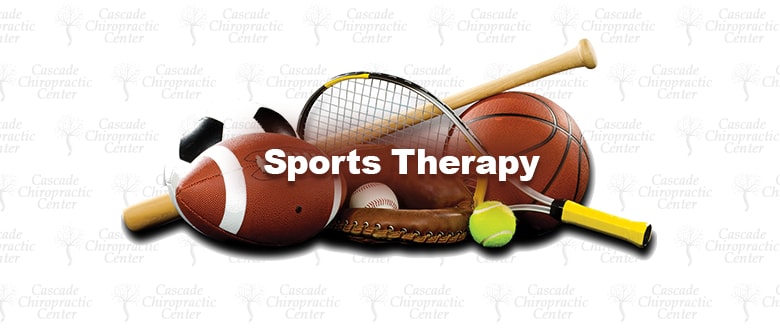Sports Therapy
When the term sports therapy is heard or thought about frequently images of sprains, strains or bruises pop into our mind. This type of care includes much more than just treating injured athletes. While it is important to treat an injured athlete so that they can return to play it is just as, or more, important to work toward optimal function so that performance levels are increased and injuries decreased.
Performing a biomechanical analysis to determine what parts of the body may not be functioning ideally, thereby affecting performance and setting the stage for injury, is extremely important for anyone who is serious about their athletic endeavors. Determining which joints, muscles or regions of the body are either restricted or hypermobile is important in order to improve the athletes ability to perform and to decrease the altered biomechanics that may lead to pain and injury.
Altered hip or knee function will greatly affect any sport that involves running. Altered shoulder or arm mechanics will affect throwing, swinging a golf club or tennis racket and even casting while fishing. When the biomechanics of a region are not functioning optimally the effectiveness with which we perform an activity will frequently be diminished. Repetitive use of a region that is not functioning as it should will cause us to accommodate in ways that frequently put abnormal stress on tissues that will lead to pain and injury.
In sports therapy it is important to evaluate and treat for areas of weakness and tightness in both injured and non-injured athletes. Once the abnormal biomechanics are identified they can be addressed utilizing various procedures including corrective strengthening exercises, stretching, joint manipulation, massage, Graston soft tissue mobilization and Kinesio taping. As biomechanics improve physical activity becomes more efficient and can result in less energy expenditure, increased speed, increased endurance and better overall athletic performance.


Trackbacks/Pingbacks